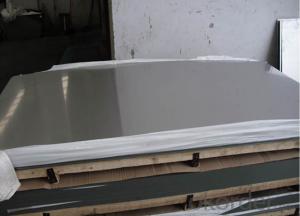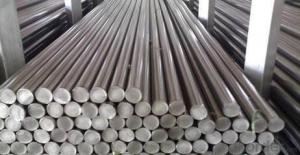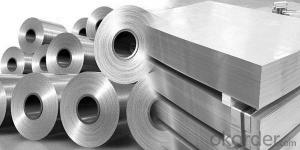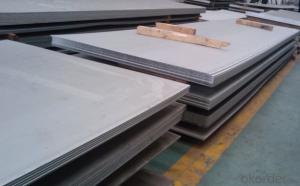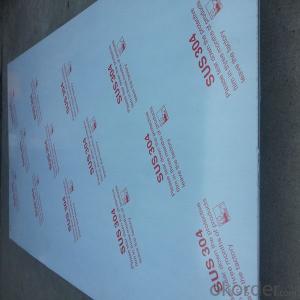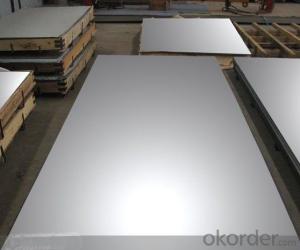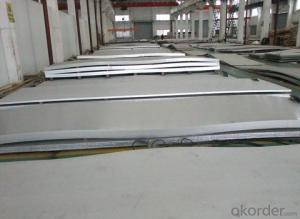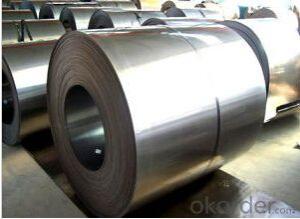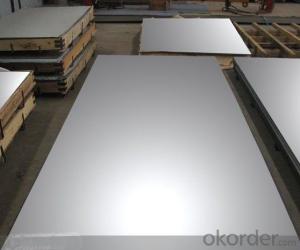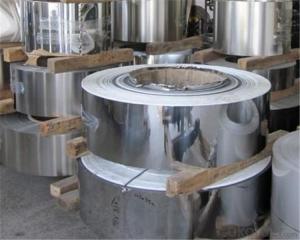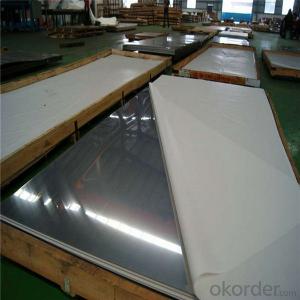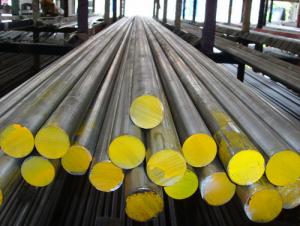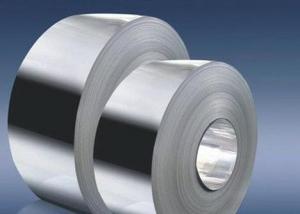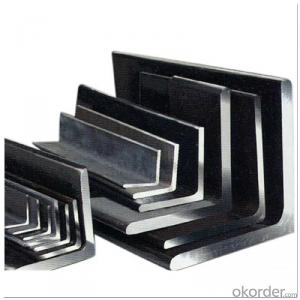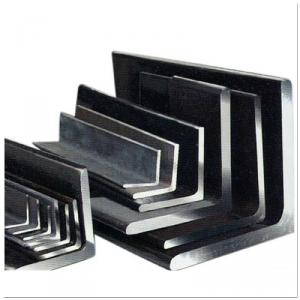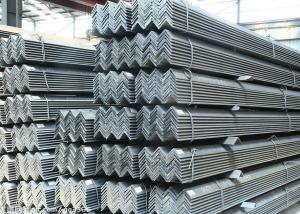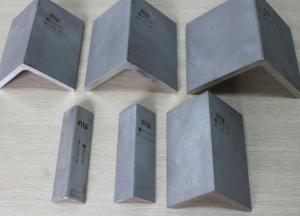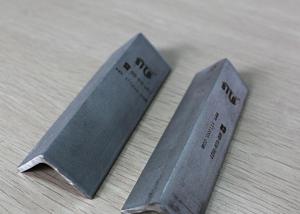304l Stainless Steel
304l Stainless Steel Related Searches
Best Paint For Stainless Steel Blanket Insulation For Steel Buildings Primer For Galvanized Steel Foam Filter For Stainless Steel H S Code For Stainless Steel Surface Grinding Wheels For Stainless Steel Surface Grinding Wheels For Hardened Steel Hole Saw For Stainless Steel Paint For Stainless Steel Stainless Steel For BbqHot Searches
Steel Mesh Panels For Sale Price For Stainless Steel Scrap Scrap Price For Stainless Steel Price For Stainless Steel Stainless Steel Tank For Sale Stainless Steel Sheets For Sale Cheap High Tea Sets For Sale Stainless Steel Tanks For Sale Stainless Steel For Sale High Density Fiberboard For Sale Solar Hot Water Collectors For Sale Scaffolding For Sale In Uae Scaffolding For Sale In Ireland Scaffolding For Sale In Houston Type Of Inverter For Solar Price Of Shipping Containers For Sale Types Of Inverter For Solar Stock Price For Aluminum Used Solar Inverter For Sale Steel Mesh Panels For Sale304l Stainless Steel Supplier & Manufacturer from China
Okorder.com is a professional 304l Stainless Steel supplier & manufacturer, offers integrated one-stop services including real-time quoting and online cargo tracking. We are funded by CNBM Group, a Fortune 500 enterprise and the largest 304l Stainless Steel firm in China.Hot Products
FAQ
- Yes, stainless steel angles can be used in retail store fixtures. Stainless steel angles are durable, corrosion-resistant, and have a sleek appearance, making them suitable for various fixtures such as shelves, display racks, and clothing racks. Their strength and resistance to wear and tear make them a reliable choice for retail environments where durability and aesthetics are important.
- Yes, stainless steel angles can be used in oil refineries. Stainless steel is highly resistant to corrosion and can withstand the harsh and corrosive environments found in oil refineries. It offers excellent strength and durability, making it suitable for various applications within the industry, including structural support, equipment fabrication, and piping systems.
- Yes, stainless steel angles are suitable for furniture manufacturing. Stainless steel is a highly durable and corrosion-resistant material, making it ideal for furniture that is exposed to moisture or outdoor elements. It also provides a sleek and modern appearance, adding a touch of elegance to furniture designs. Stainless steel angles can be used to create various furniture components such as table legs, chair frames, or shelving units. Additionally, stainless steel angles can be easily welded or joined, allowing for flexible and creative designs in furniture manufacturing. Overall, stainless steel angles offer strength, durability, and aesthetic appeal, making them a great choice for furniture manufacturing.
- The load-bearing capacities of stainless steel angles vary depending on several factors such as the size, shape, and grade of the stainless steel angle, as well as the specific application and environmental conditions. Stainless steel angles are commonly used in structural applications where strength and corrosion resistance are required. They are often used as supports or brackets in construction, industrial, and architectural projects. The load-bearing capacity of a stainless steel angle is determined by its cross-sectional area, which is influenced by the dimensions of the angle, including the thickness of the material and the length of the legs. Additionally, the grade of stainless steel used can affect its load-bearing capacity, as different grades have different mechanical properties. To determine the load-bearing capacity of a specific stainless steel angle, it is necessary to consult engineering resources such as design manuals, technical specifications, or consult with a structural engineer. These resources provide guidelines and formulas for calculating the safe load capacity based on the specific dimensions and material properties of the angle. It is important to note that load-bearing capacities should always be determined by a qualified professional, as incorrect calculations or assumptions can lead to structural failure or safety hazards.
- Stainless steel angles have moderate bending capabilities due to their high strength and rigidity. However, the exact bending capabilities can vary depending on the specific grade and thickness of the stainless steel angle. It is important to consider factors such as the angle's dimensions, the bending method used, and the desired radius of the bend when determining the bending capabilities of stainless steel angles.
- Various factors, such as the specific grade of stainless steel, the thickness of the material, and the desired angle shape, determine the minimum radius required for cold forming stainless steel angles. Stainless steel generally has a higher work hardening rate compared to other metals, which means it necessitates greater force for deformation and shaping. This characteristic impacts the achievable minimum radius during cold forming. As a general guideline, it is recommended to use a minimum radius that is at least equal to the thickness of the stainless steel angle. For instance, if the angle is 1/8 inch thick, a minimum radius of 1/8 inch or larger should be used. However, it is important to refer to the manufacturer's guidelines or technical data for the specific grade of stainless steel being used, as some grades may require larger minimum radii due to their higher work hardening rate. Furthermore, the minimum radius can also be influenced by the cold forming process itself. Factors such as the equipment utilized, the operator's level of expertise, and the desired precision of the final angle shape can all impact the achievable minimum radius. To summarize, the minimum radius for cold forming stainless steel angles depends on the grade of stainless steel, the material thickness, and the specific cold forming process employed. It is advisable to consult the manufacturer's guidelines or technical data for the specific grade of stainless steel and consider factors like work hardening rate, equipment capabilities, and desired precision when determining the minimum radius for cold forming stainless steel angles.
- Due to their composition and properties, stainless steel angles possess a high resistance to erosion. These angles are made of an alloy called stainless steel, which contains chromium. This chromium creates a protective oxide layer on the surface of the metal, acting as a barrier against corrosive agents and reducing the risk of erosion. Moreover, stainless steel angles exhibit exceptional mechanical properties, including impressive strength and hardness. These properties further enhance their resistance to erosion, enabling them to withstand the impact of abrasive materials like sand or gravel without experiencing significant wear or damage. Furthermore, stainless steel angles find extensive use in environments where erosion is a concern, particularly in marine or industrial settings. Their resistance to saltwater, chemicals, and acids makes them suitable for applications that are exposed to corrosive agents. In conclusion, stainless steel angles offer a significantly higher resistance to erosion compared to other materials. This quality makes them a reliable and durable choice for various applications where erosion poses a potential issue.
- To calculate the moment of resistance for a rounded corner stainless steel angle, you need to consider the cross-sectional area and the material properties of the angle. The moment of resistance is a measure of the ability of the angle to resist bending or twisting forces applied to it. First, determine the cross-sectional area of the angle. For a rounded corner stainless steel angle, the cross-sectional shape will be a combination of straight sides and rounded corners. Measure the width and thickness of the angle, and then subtract the area of the rounded corners. This can be done by calculating the area of the full square or rectangular shape and subtracting the area of the rounded corners using appropriate formulas or measurements. Once you have the cross-sectional area, you need to determine the material properties of the stainless steel angle. This includes the yield strength and the modulus of elasticity. The yield strength is the maximum stress the angle can withstand before it deforms permanently, while the modulus of elasticity is a measure of the stiffness of the material. Next, use the following formula to calculate the moment of resistance: Moment of Resistance = Yield Strength × Cross-sectional Area × (Distance from the neutral axis)^2 The distance from the neutral axis is the distance between the center of the cross-sectional area and the extreme fiber of the angle. This can be calculated by dividing the height of the angle by 2 if the angle is symmetric, or by using appropriate geometric calculations for an asymmetric angle. Once you have all the necessary values, plug them into the formula to calculate the moment of resistance. The resulting value will give you an indication of the angle's ability to resist bending or twisting forces. This information is crucial for structural engineering and design applications to ensure the angle can safely support the intended loads.


















